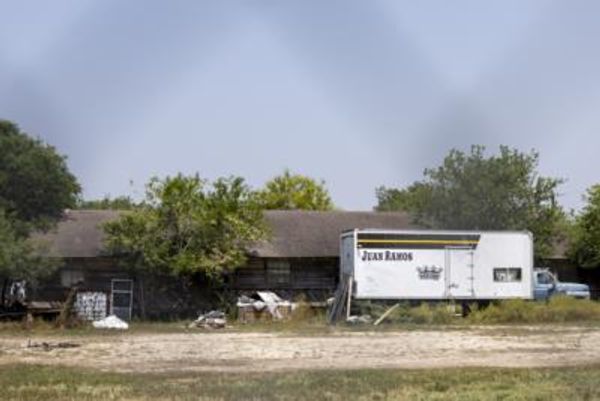
Queensland has been declared completely free of drought for the first time in 11 years.
Months of flooding rains have transformed much of the state’s dusty red-earth interior into a network of swollen creeks and rivers awash with green shoots and birdlife.
Diamantina and Bulloo shires, located more than 1000km west of Brisbane in Queensland’s channel country, this month became the last two local government areas to have their drought declarations officially revoked. They had been in drought since 2013.
Droughts are “burnt into the psyche” of Jo Sheppard, the chief executive of the Queensland Farmers’ Federation, experiencing many as she grew up on a cattle station in the neighbouring Paroo shire.
“A 10-year drought is incredibly difficult to endure … it takes its toll psychologically, it’s that uncertainty, you have no idea when a drought will end,” Sheppard said.
The state’s drought-free status is cause for celebration, she said. “It’s a rare occurrence and certainly welcome.”
Notwithstanding the state-wide declaration, there are still large pockets of land untouched by significant rainfall. According to the department of agriculture and fisheries, 35 properties across Queensland still hold “individual droughted property” status.
Pat Gibson grazes cattle in the Diamantina shire. Rainfall in January was welcome relief to some of the worst conditions he’d ever seen, but he remains cautious about the years ahead.
“It’s always teetering on the borderline of drought out here,” he said. “It’s central Australia, you’re on the edge of the Simpson desert, you know it’s going to be around the corner.”
In 2015, drought declarations peaked when 88% of Queensland was identified as in drought.
The chair of the Agforce sustainability committee and central Queensland grazier, Mark Collins, said extensive rainfall across much of the state has given many producers “breathing space” to “enjoy the moment”.
Global heating has exacerbated recent droughts in Australia, and is predicted to increase their length and intensity in the future. “We’ll keep adapting as best we can, farmers are innovative,” Collins said. “The cycle of drought and flood is one we are accustomed to.”
The federal government last week pledged $519m over eight years to fund the next stage of the Future Drought Fund, with a greater emphasis on global heating adaptation. The Productivity Commission last year found the fund, introduced by the previous Coalition government in 2019, underspent its annual budget and should focus more on programs with “lasting public benefit”.
Sheppard said farmers are becoming increasingly prepared for drought. “I saw that within my own family in my lifetime … we certainly become a lot more strategic, rather than just hoping that the drought breaks,” she said.
Wangkamahdla woman, Avelina Tarrago, said the rains have had a “spectacular” impact on the landscape.
“The land has been needing that nourishment for a long time,” Tarrago said. “It’s wonderful going out on country after those rains, the bush flowers and foods that come out, it’s phenomenal.”
A fifth-generation grazier in Queensland’s channel country, Stephen Tully, said drought is analogous to the landscape. “It can be this slow cancer that creeps across everything in the landscape, you notice it in the animals, the birds, everything starts to disappear.”
“But when it does rain, the country celebrates, it’s boom and bust, it’s always been like that,” Tully said.
Karen Monaghan, a Wangkangurru Yarluyandi traditional owner from Queensland’s channel country, said drought affects “every crevice” of outback life. Lately she’s been spending her mornings by the Thompson River in central Queensland.
“Usually it’s a dusty creek bed,” Monaghan said. “Now the lilies are up and the birds are going crazy trying to catch small fish.”
“It’s a beautiful sight. It brings you life.”







